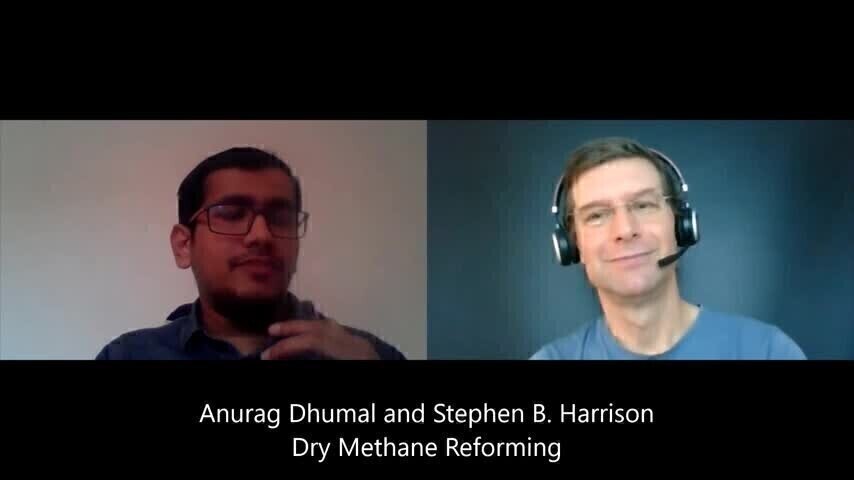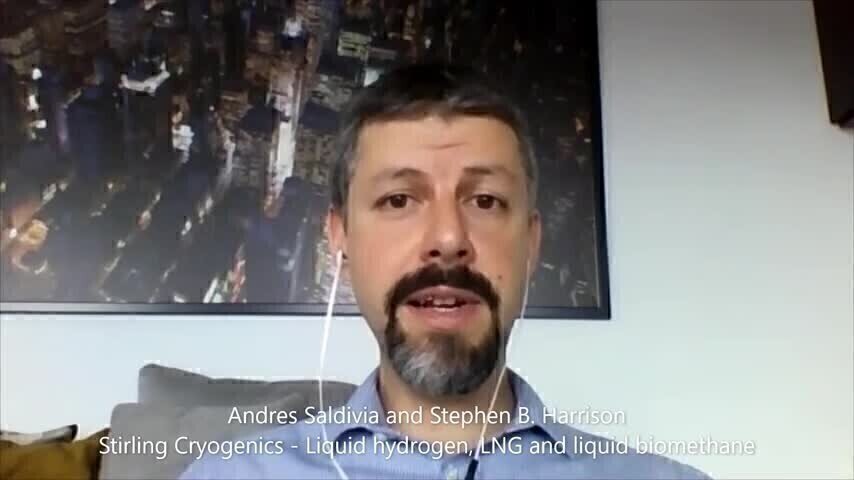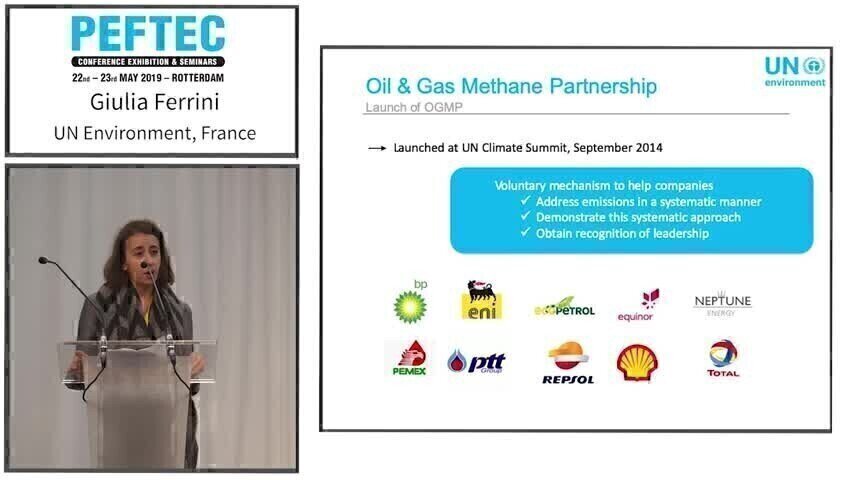E-Learning
Videos
Past Events
This eLearning session will discuss the basics of Karl Fischer titration chemistry and the two types of titration, volumetric and coulometric. We will also discuss why one might be preferred over another and the reagents used for both volumetric and coulometric titrations. We will also cover method development and validation strategy. Finally we will provide some tips and tricks to help you be successful with your Karl Fischer titrations. Participants will learn: An overview of the...
Have you got 3 mins and want to know what the future of VOC and NO2 measurement for ambient airquality monitoring will look like? David R. Worton of NPL has a few insights to share. Gas chromatography is an established technique, but we need to wait for the results. There has been a lot of movement towards direct read instruments, online gas analysers, NO2, VOCs, a lot of application potential. What have you and the NPL been doing to evaluate these techniques?Is there a clear winner for...
Spend 5 mins with Dave Worton, science area leader in the Gas Metrology Group at the NPL and Stephen B Harrison and learn about Gas mixtures stability. The NPL make a lot of physical reference standards, gas calibration mixtures and cylinders, NO2, VOC. Stephen asked Dave from the NPL about the challenges of creating precise, accurate, traceable and stable calibration mixtures for these chemicals? How do you prep a cylinder to ensure its dry? What complexities do you encounte...
This interview with David R. Worton of NPL, conducted by Stephen B Harrison, covers two of the most fascinating applications of gas analysis. Measurement of isotopes to identify the sources of green house gases and finger printing of human breath for clinical diagnostics. Stephen is convinced that analytical science has a huge and positive role to play in medicine and environmental protection. In this short, 6 minute video, Stephen interviews Dave from the NPL asking the following questi...
Having the support of a data management solution with intrinsic flexibility enables laboratories across all industries to increase productivity and efficiency. As the largest refiner in the U.S., Marathon Petroleum Corporation (MPC) needed a LIMS capable of centralizing the laboratory operations of multiple locations over three North American time zones. At the same time, they needed a system that could meet the unique configuration needs of each site without sacrificing upgradability. In...
Gas chromatography with sulfur chemiluminescence detection (GC-SCD) is one of the most power analytical techniques for speciating and quantifying sulfur compounds in gases and volatile liquids. This technique is particularly useful for hydrocarbon sample matrices in which the presence of sulfur may present processing problems or needs to be known for regulatory purposes. Despite the utility of GC-SCD, the technique is known for its challenges, such as complications with sensitivity, selectivi...
Detailed hydrocarbon analysis (DHA) has long been the go-to method of choice when it comes to robust analysis of various hydrocarbon streams. Consisting of a 100-meter column and a flame ionization detector, DHA necessitates long run times and a level of expertise to obtain results with confidence. Even with skilled analysts, results can often be misinterpreted due to the complexity of hydrocarbon streams and the only data point captured being retention time. To address the concerns and ch...
This eLearning session introduces the operating principle of the SCD, as well as the innovations brought by Shimadzu to improve the productivity and minimize the instrument downtime. You will learn the various features of Shimadzu SCD which make it a reliable tool for analysing sulfur-containing compounds down to the trace level. This is demonstrated with various samples, such as trace thiophene in benzene (ASTM D7011 and D4735), sulfur compounds in light petroleum liquids (ASTM D5623), in na...
ppm water content in LPG and all gas mixtures can now be accurately determined by coulometric Karl Fischer titration. The latest eLearning session presented by ECH Elektrochemie Halle explains in detail how this new ASTM procedure allows you to test ppm water in your laboratory and directly at the sample point. The first question is, why is the water content of LPG and gas so important? Substances with corrosive promoting properties have to be monitored and kept to a minimum. Water is...
Summary What time is this for me? Check HERE>> With the December 2018 revelations that the dye used to carry out referee method ASTM D1319 for Jet Fuel analysis is no longer available; refineries and test labs are forced to look at alternatives for this analysis. Have you made an informed decision on how you will replace ASTM D1319? Are you concerned about the costs associated with moving to an alternative approach? Recently ASTM D8267 was approved as a standard test method for j...
Digital Edition
PIN 25.3 June/July
June 2024
Analytical Instrumentation - Recent Advances In Various Bench Scale Accelerated Oxidative Testing Methods For Fuels - Petrochemical Industry: Anton Paar Solutions Streamline Processes, Reduce H...
View all digital editions
Events
Jul 30 2024 Jakarta, Indonesia
Jul 30 2024 Jakarta, Indonesia
China Energy Summit & Exhibition
Jul 31 2024 Beijing, China
Jul 31 2024 Chengdu, China
Aug 05 2024 Moon Township, PA, USA
























